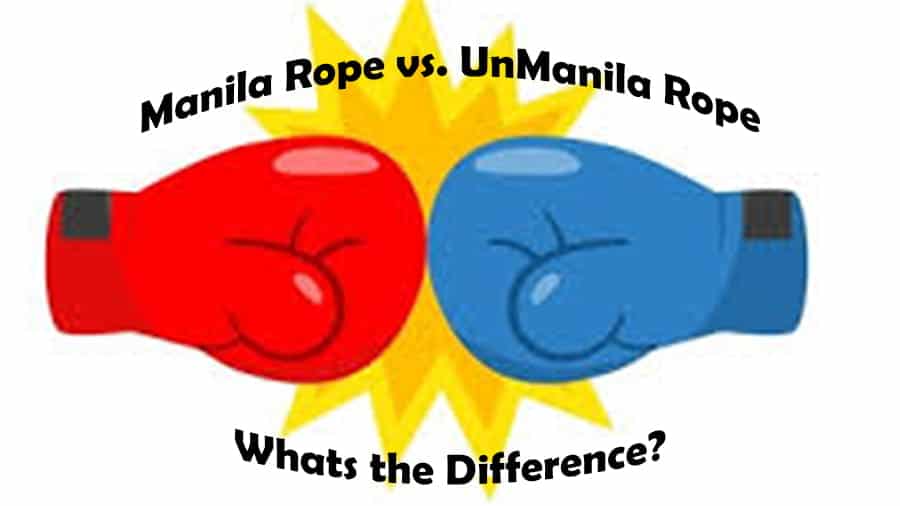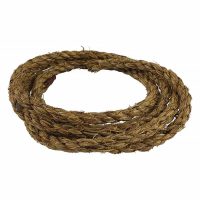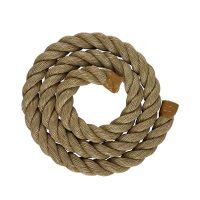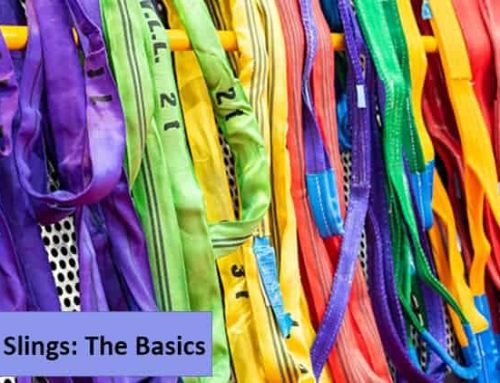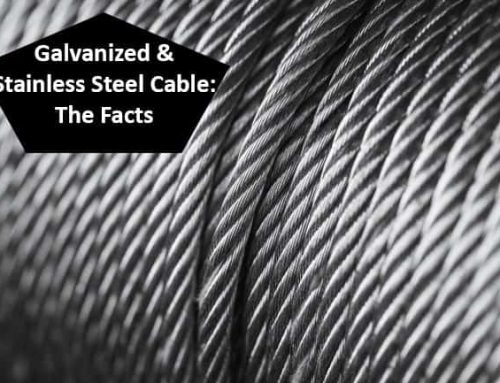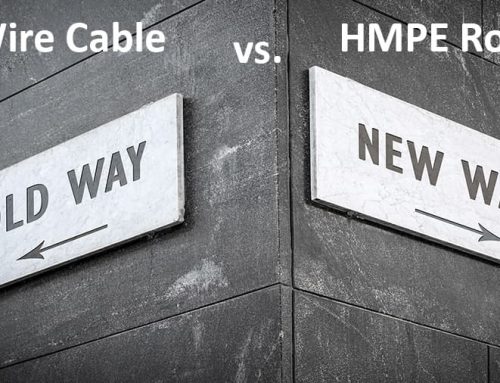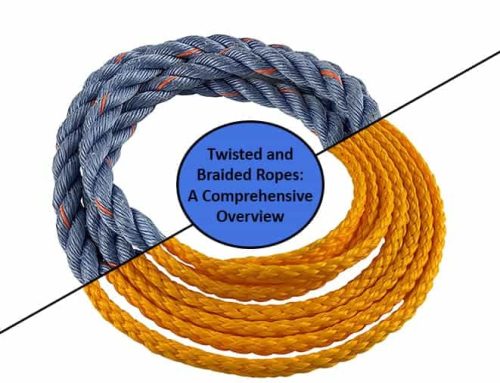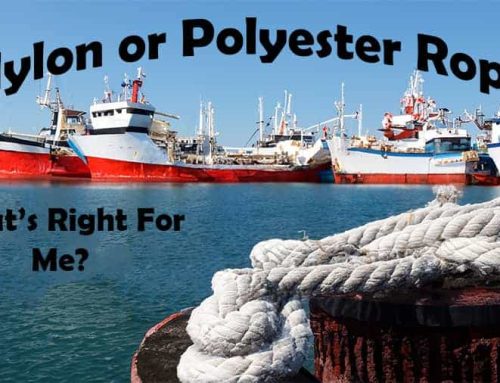Manila and UnManila, or ProManila, are two popular types of rope that are used for a variety of applications. Manila rope is a natural fiber rope that is made from the abaca plant. Unmanila rope is a synthetic rope that is made from polypropylene fibers. Both types of rope have their own unique properties and advantages, making them suitable for different applications.
Construction:
Skydog Rigging offers manila and unmanila ropes in a 3-strand twisted construction. They are created by taking individual fibers of the natural or synthetic materials and twisting them together to form strands. These strands are then twisted together in the opposite direction to create the final rope. Twisted ropes have the benefit of being easy to splice, which is the process of joining two pieces of rope together. They are also more cost-effective than braided ropes due to their simpler construction. Check out our knowledge center for a comprehensive overview on the difference between twisted and braided ropes.
Manila Rope:
Our natural fiber manila rope is manufactured in the Philippines from abacá leaves, a close variant to today’s modern banana plant. Abacá is stronger and more economical than true hemp. Before export, the rope is treated with a mineral oil preservative to increase sustainability and durability. Manila knots well and is preferred for its great hand grip texture, making it a popular choice for handrail and landscape projects. It is also a relatively inexpensive rope, making it a popular choice for a variety of applications, including:
- Marine applications: Often used for mooring boats, rigging, and other marine applications.
- Construction applications: Used for a variety of construction applications, such as scaffolding and hoisting.
- Decorative applications: A popular choice for decorative applications, such as railings, handrails, and swing sets.
- Fitness applications: Used in tug-of-war and rope exercises.
However, manila rope is also susceptible to rot and mildew, especially when exposed to moisture. Although this rope has UV resistant fibers, it may shrink outdoors by up to 10%, making it a less suitable choice for applications where it will be exposed to the elements.
UnManila (ProManila) Rope:
Another popular option, called unmanila, is a synthetic rope made from tan polypropylene fibers which resemble the look of natural manila rope. Having no rough fibers, it is smooth to the touch and makes an excellent choice for handrails. Being synthetic, this rope is UV resistant and will not rot, shrink, mildew, or decay in harsh elements. Unmanila is the ideal decorative rope for outdoor environments, providing that classic nautical look with all the benefits. Unmanila rope is also relatively inexpensive, making it a popular choice for a variety of applications, including:
- Marine applications: Often used for mooring boats, rigging, and other marine applications.
- Construction applications: Used for a variety of construction applications, such as scaffolding and hoisting.
- Decorative applications: A popular choice for decorative applications, such as railings, handrails, and swing sets.
However, promanila rope is not as strong as manila rope and is not as resistant to abrasion. This makes it a less suitable choice for applications where it will be subjected to heavy use.
Manila vs UnManila Rope: A Comparison Table
| Manila Rope | UnManila Rope | |
| Material | Abaca plant |
Polypropylene fibers
|
| Strength | Stronger | Strong |
| Durability | Durable | Durable |
| Rot resistance | Low | High |
| Mildew resistance | Low | High |
| UV resistance | High | High |
| Cost | Low | Low |
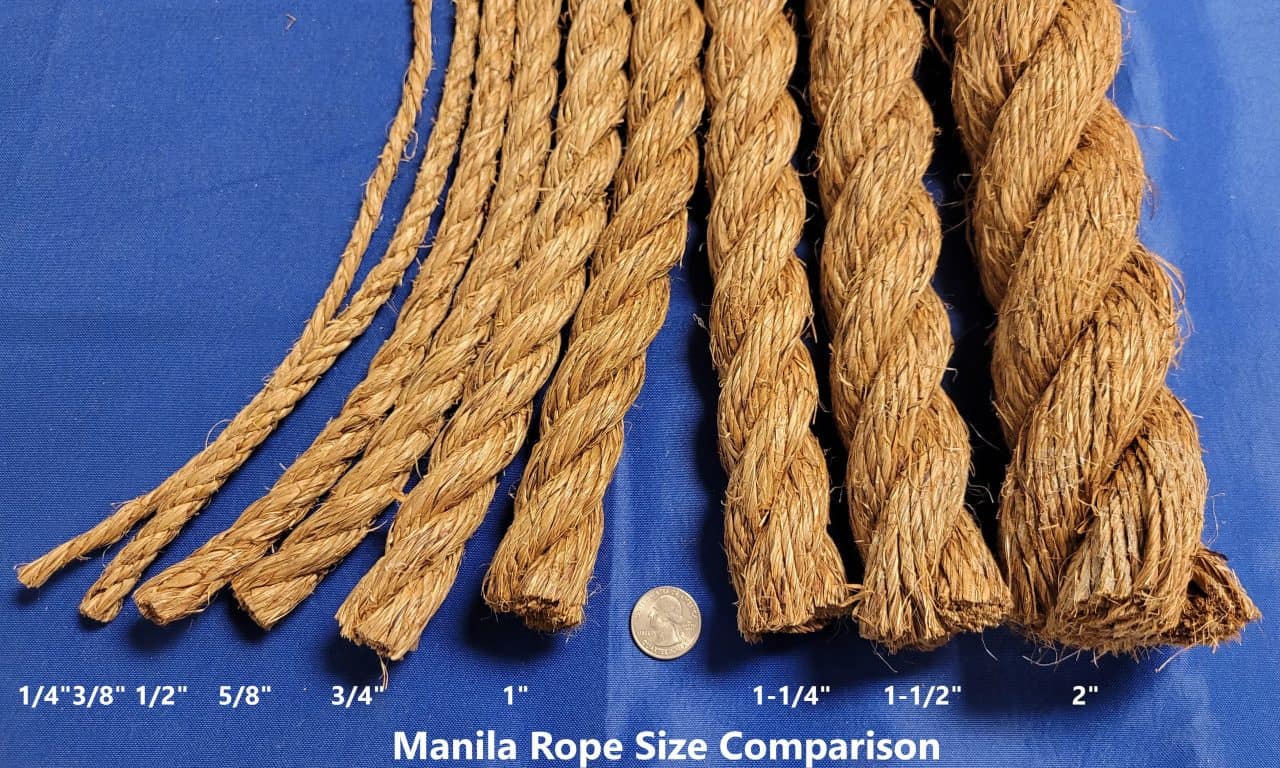
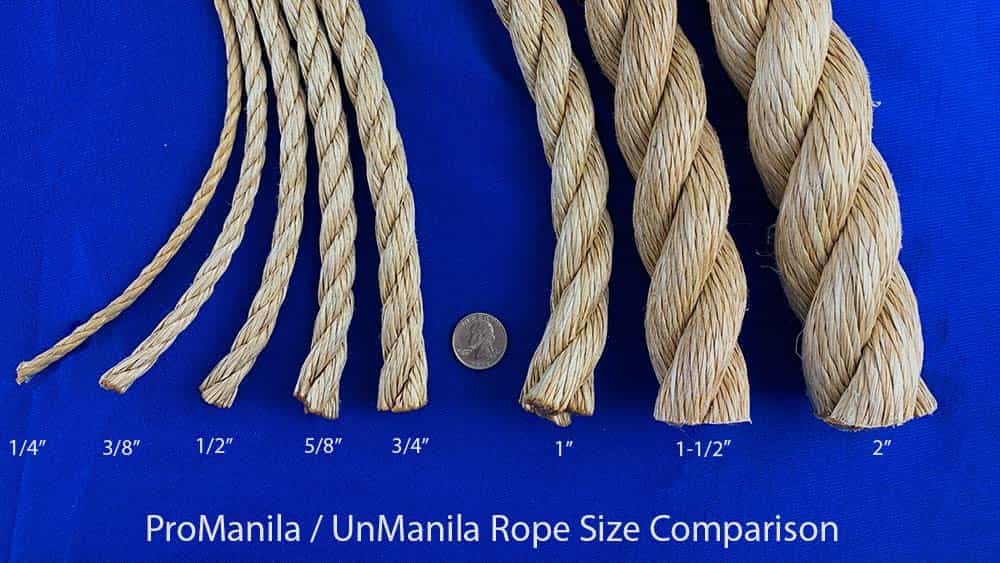
Which Rope is Right for You?
The best type of rope for you will depend on your specific needs. Manila is constructed from stronger natural fibers to provide a greater working load limit than unmanila – making it ideal for more strenuous industrial applications. Unmanila is constructed from synthetic fibers to provide greater resistance to elements, rotting, and UV – making it ideal for more decorative applications.
Conclusion
Manila and UnManila rope are both popular types of rope that are widely used. Manila is a natural fiber rope constructed in the Philippines known for its great grip texture and charming nautical aesthetic. ProManila is a synthetic rope made from polypropylene fibers colored to resemble natural manila. It is a strong and durable rope that is also resistant to rot, mildew, and ultraviolet light – while also being smooth to the touch. Both types of rope have their own unique properties and advantages, making them suitable for many industrial, decorative, and landscaping purposes.
*Still not sure what rope is best for you? Be sure to visit our Rope Selection Guide for an in-depth breakdown on the various ropes we carry.

